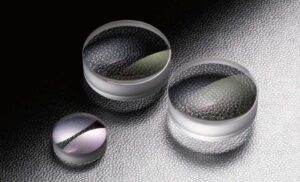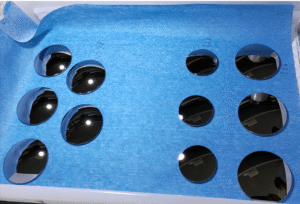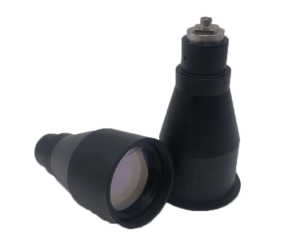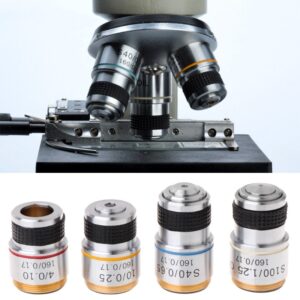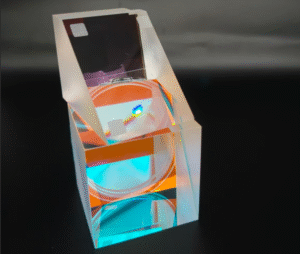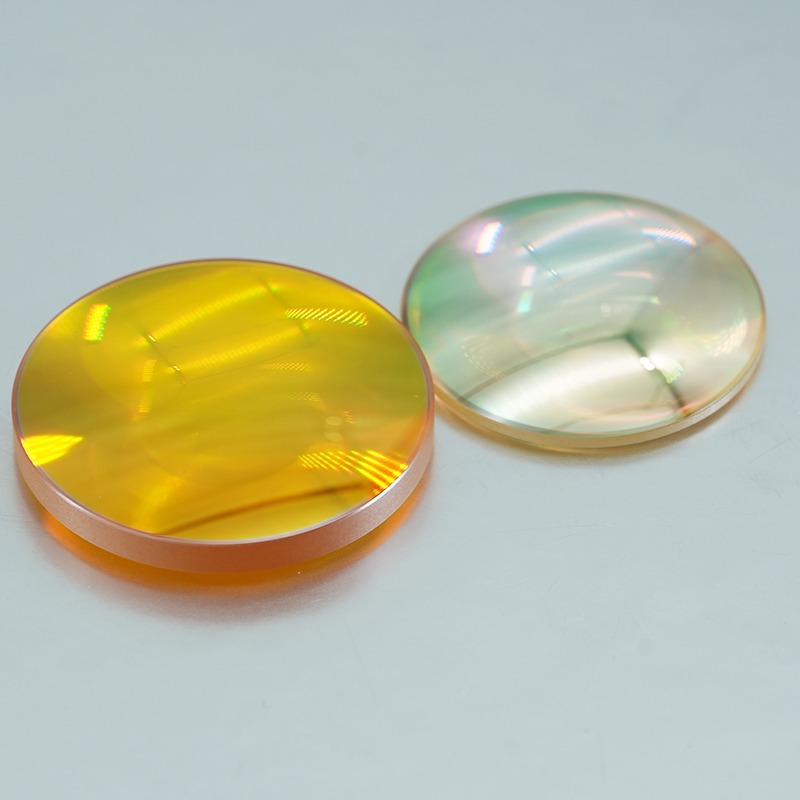Introduction: What Is a Convex Lens?
A convex lens, also known as a converging lens, is a type of optical lens that bulges outward, causing parallel light rays to converge at a single focal point. These lenses are widely used in imaging systems, magnifying tools, cameras, and even human vision correction.
Convex lenses are fundamental in optics. Whether you’re designing precision instruments, industrial imaging systems, or custom lenses for scientific research, understanding convex lenses is key to achieving the right optical performance.

How Does a Convex Lens Work?
When parallel rays of light pass through a convex lens, they bend inward and meet at a point known as the focal point. This behavior is what makes the convex lens a converging lens. The distance from the lens to this point is the focal length, which depends on the lens curvature and material’s refractive index.
Image: A convex lens converging parallel rays at the focal point
Convex vs. Concave Lens: What’s the Difference?
| Feature | Convex Lens | Concave Lens |
|---|---|---|
| Shape | Outward bulging | Inward curving |
| Other Name | Converging lens | Diverging lens |
| Light Behavior | Converges rays | Diverges rays |
| Image Formation | Real or virtual | Virtual only |
| Common Use | Magnifiers, cameras, eyes | Eyeglasses for myopia |
Related keyword: Concave or convex lens
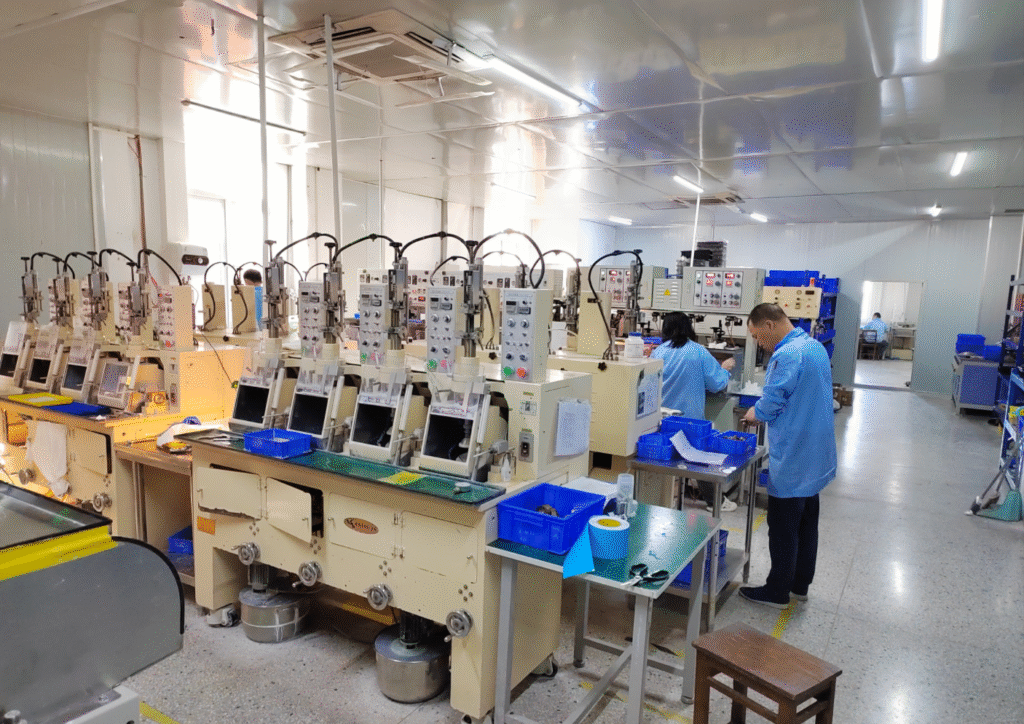
Common Uses for Convex Lenses
Convex lenses play an essential role in a wide variety of optical systems, including:
🔍 Magnifying Glasses
One of the most well-known convex lens examples, magnifiers use a single plano-convex lens to enlarge the view of small objects.
📷 Cameras and Photography
Camera lenses are made of multiple convex and concave elements to focus light onto a sensor.
👓 Eyeglasses (Convex Eyes)
People with hyperopia (farsightedness) use convex lenses in their glasses to help focus near objects.
🔬 Microscopes and Telescopes
High-powered imaging tools use plano-convex lenses or double-convex lenses to magnify distant or microscopic targets.
🌞 Solar Energy Concentrators
Convex lenses are used to focus sunlight onto a point for thermal or photovoltaic energy collection.
Types of Convex Lenses
There are different designs of convex lenses, each tailored for specific applications:
🔵 Plano-Convex Lens
One flat side and one outward-curved side. Ideal for collimating and focusing light in imaging systems.
🟢 Double Convex (Biconvex) Lens
Both sides are outward-curved, ideal for symmetrical light convergence in imaging systems.
🟡 Custom Aspheric Convex Lenses
For applications requiring reduced spherical aberrations and improved focusing accuracy.
Convex Lens Examples by Industry
| Industry | Application | Lens Type |
|---|---|---|
| Medical Devices | Ophthalmoscopes, Endoscopes | Plano-convex |
| Aerospace | Targeting and navigation optics | Aspheric convex |
| Semiconductor | Optical alignment systems | High-precision convex |
| Scientific R&D | Laser experiments, beam shaping | Double-convex |
Short Focal Length Convex Lenses: A Design Perspective
Shorter focal lengths enable higher magnification and more compact designs. However, they also introduce more optical aberrations if not properly corrected. This is where custom convex lenses from companies like Bote Optics come into play.
At Bote, we offer high-precision lens fabrication, surface polishing, coating, and custom design services for convex lenses with:
- Diameter ranges from 1mm to 200mm+
- Focal lengths as short as a few millimeters
- Materials including BK7, fused silica, ZnSe, CaF₂, and more
- AR coatings and broadband multilayer coatings
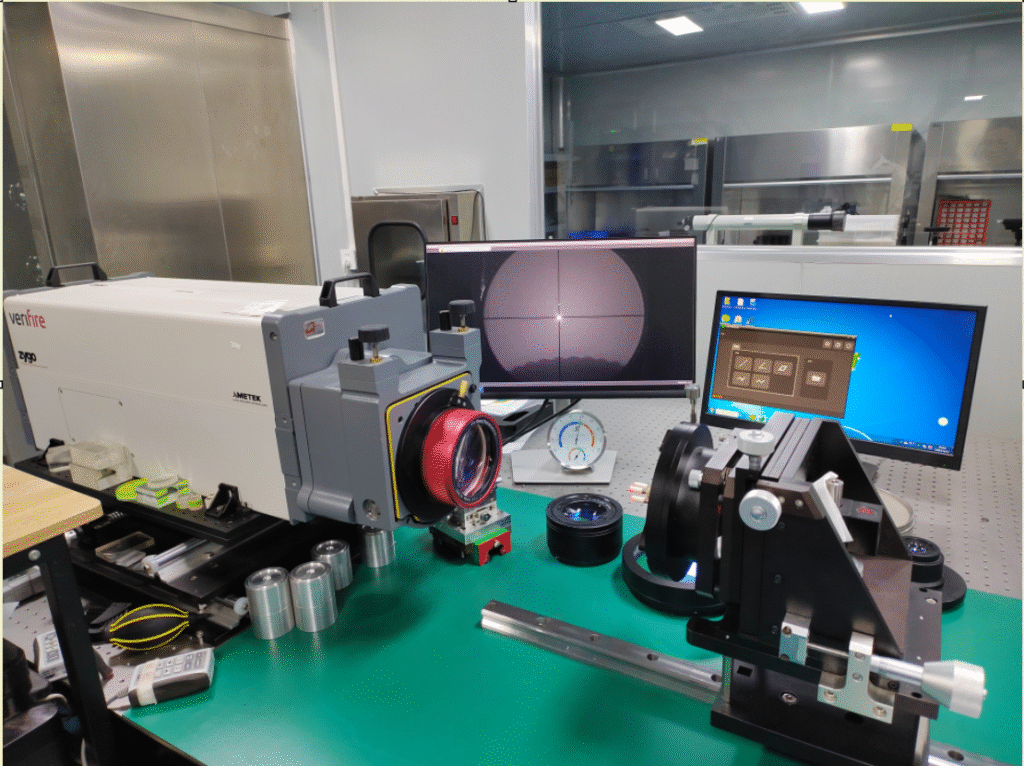 Interferometer by Zygo
Interferometer by Zygo
Convex Lenses in Human Eyes: How We See the World
Our natural eye lens is a convex lens that changes its shape to focus light on the retina. In conditions like presbyopia or hyperopia, artificial convex lenses in the form of glasses or intraocular implants restore vision clarity.
Keyword note: Convex eyes
Convex Lens Arrays: When One Isn’t Enough
In applications such as LED light shaping or solar concentration, lens arrays made of convex elements help to homogenize or focus multiple light sources efficiently.
Why Choose Bote Optics for Custom Convex Lenses?
Bote Optics specializes in the custom design and fabrication of optical lenses, including high-performance convex lenses for industrial, scientific, and defense applications. Here’s what sets us apart:
- 🌍 Singapore-based export capabilities
- 🧪 In-house metrology and coating lab
- 🔍 Lens design support by optical engineers
- ⚙️ Precision grinding and polishing for plano-convex, double-convex, and aspheric lenses
👉 Learn more about our capabilities at www.bote.com.sg
Frequently Asked Questions (FAQ)
Q1: Is a magnifying glass a convex lens?
Yes. It’s typically a plano-convex lens used to enlarge objects by converging light to a focal point.
Q2: What is the difference between a plano-convex and biconvex lens?
Plano-convex has one flat side and is used for collimated light; biconvex is symmetrical and provides a shorter focal length.
Q3: Can convex lenses be used for infrared or UV applications?
Yes. With proper material selection (e.g., ZnSe for IR or UV-grade fused silica), convex lenses can be optimized across different spectral ranges.
Q4: Do convex lenses produce real or virtual images?
Both. A convex lens forms a real image when the object is beyond the focal point, and a virtual image when the object is within the focal length.
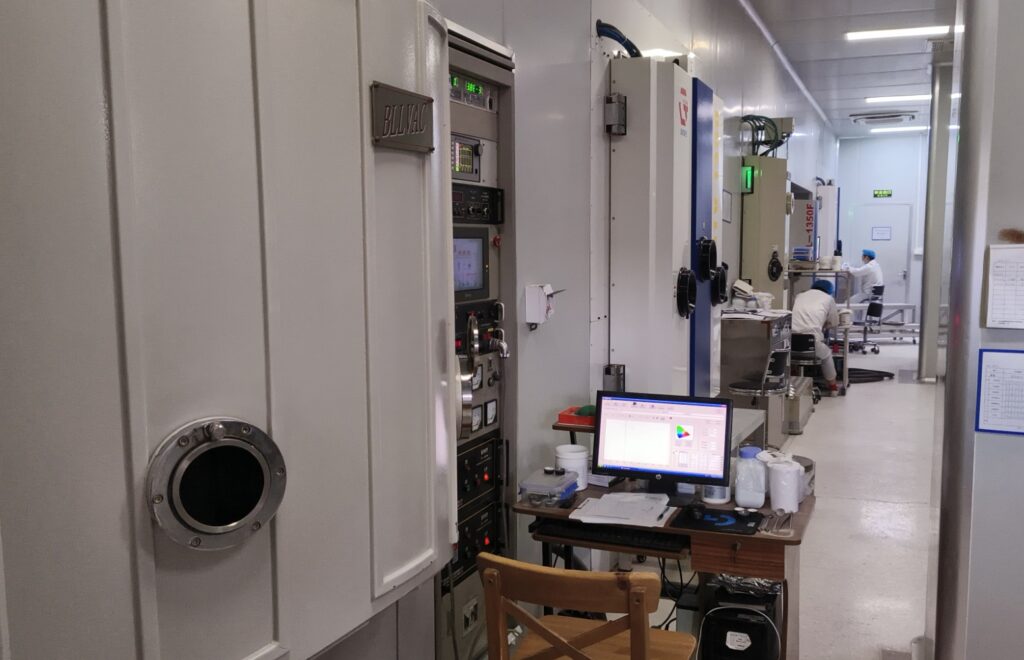
Conclusion
The convex lens is one of the most versatile and essential components in the optical world. From simple magnifiers to complex multi-element lens systems, convex lenses help us see farther, clearer, and deeper. Whether you’re developing imaging systems or require specialized optical components, Bote Optics can deliver custom convex lenses tailored to your application.

